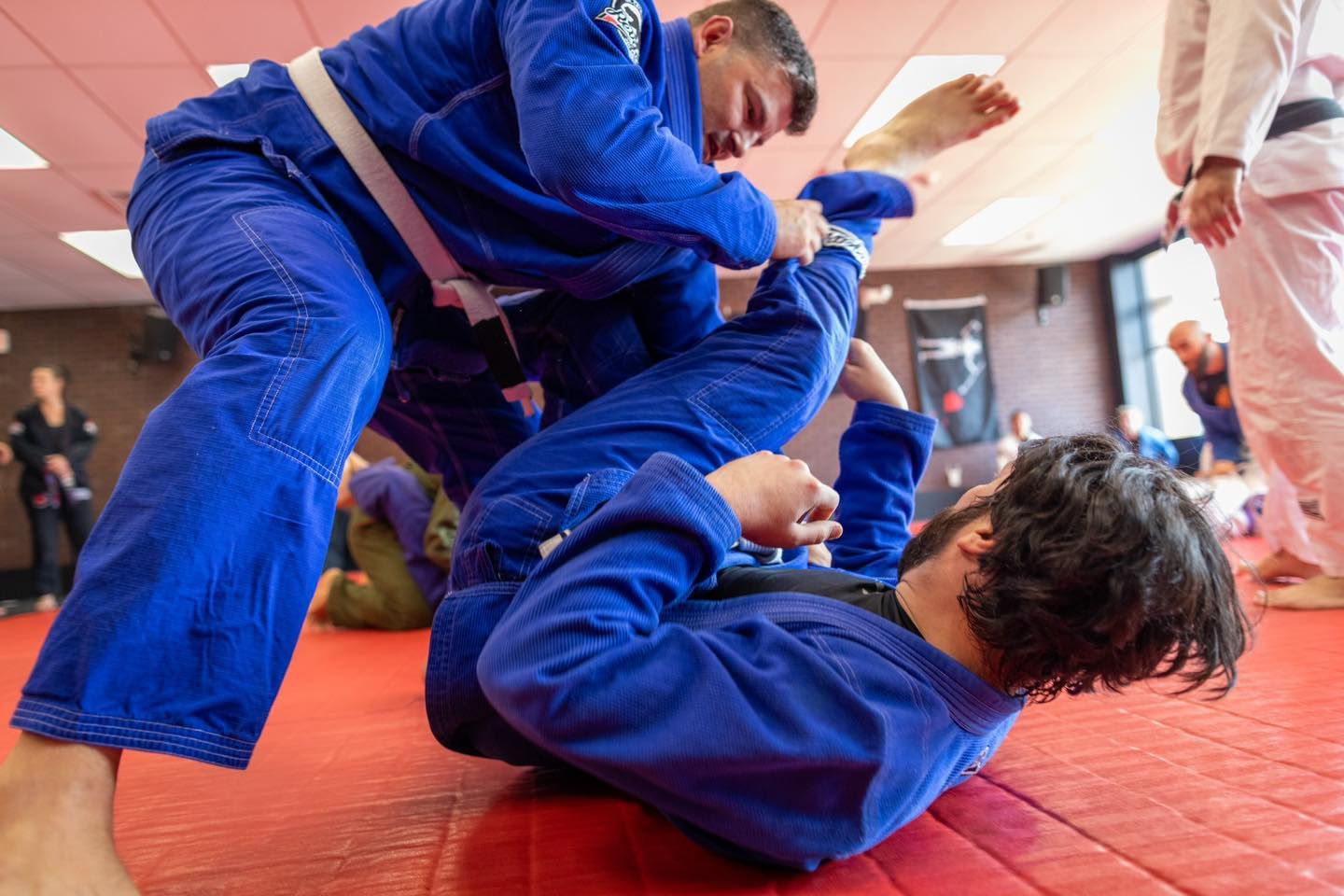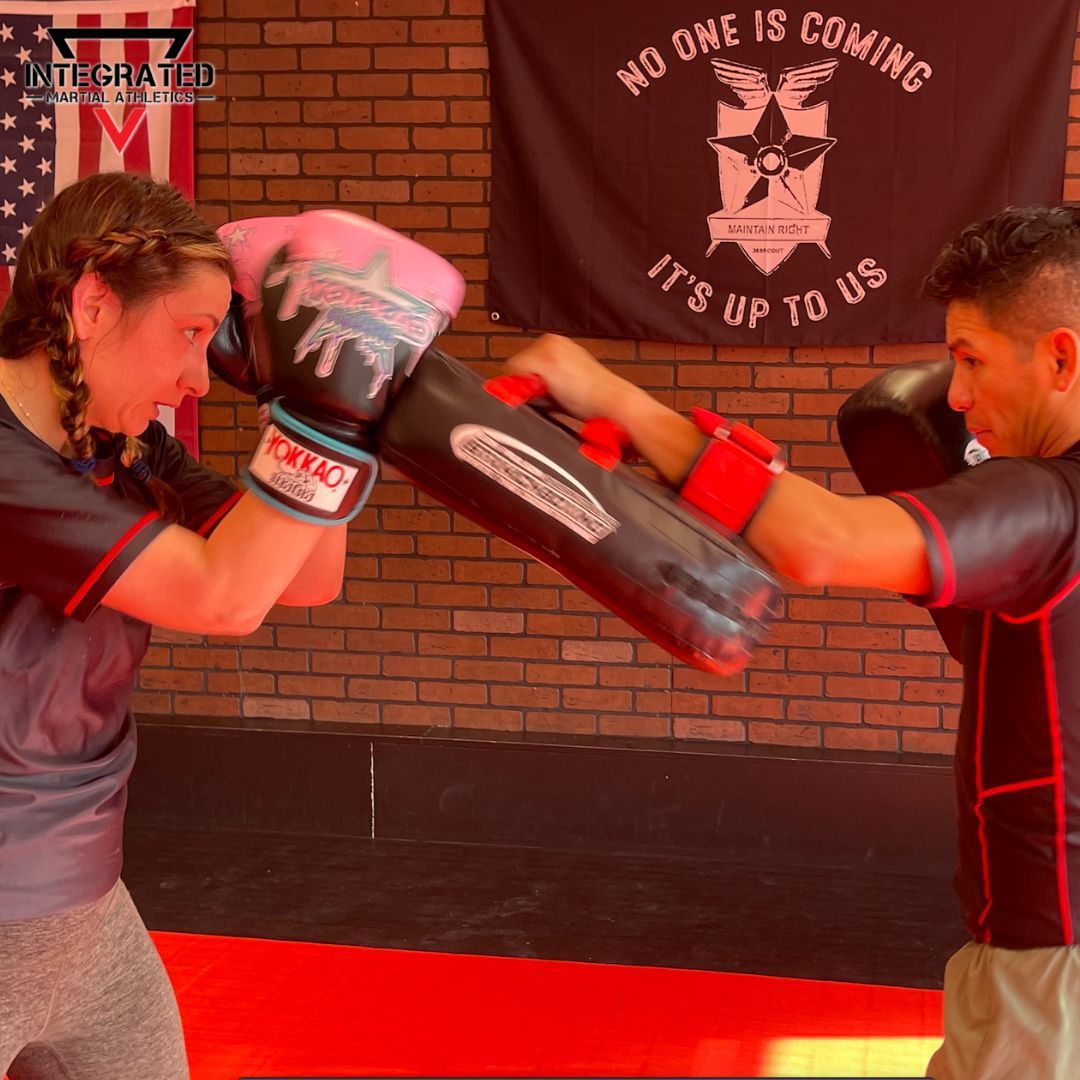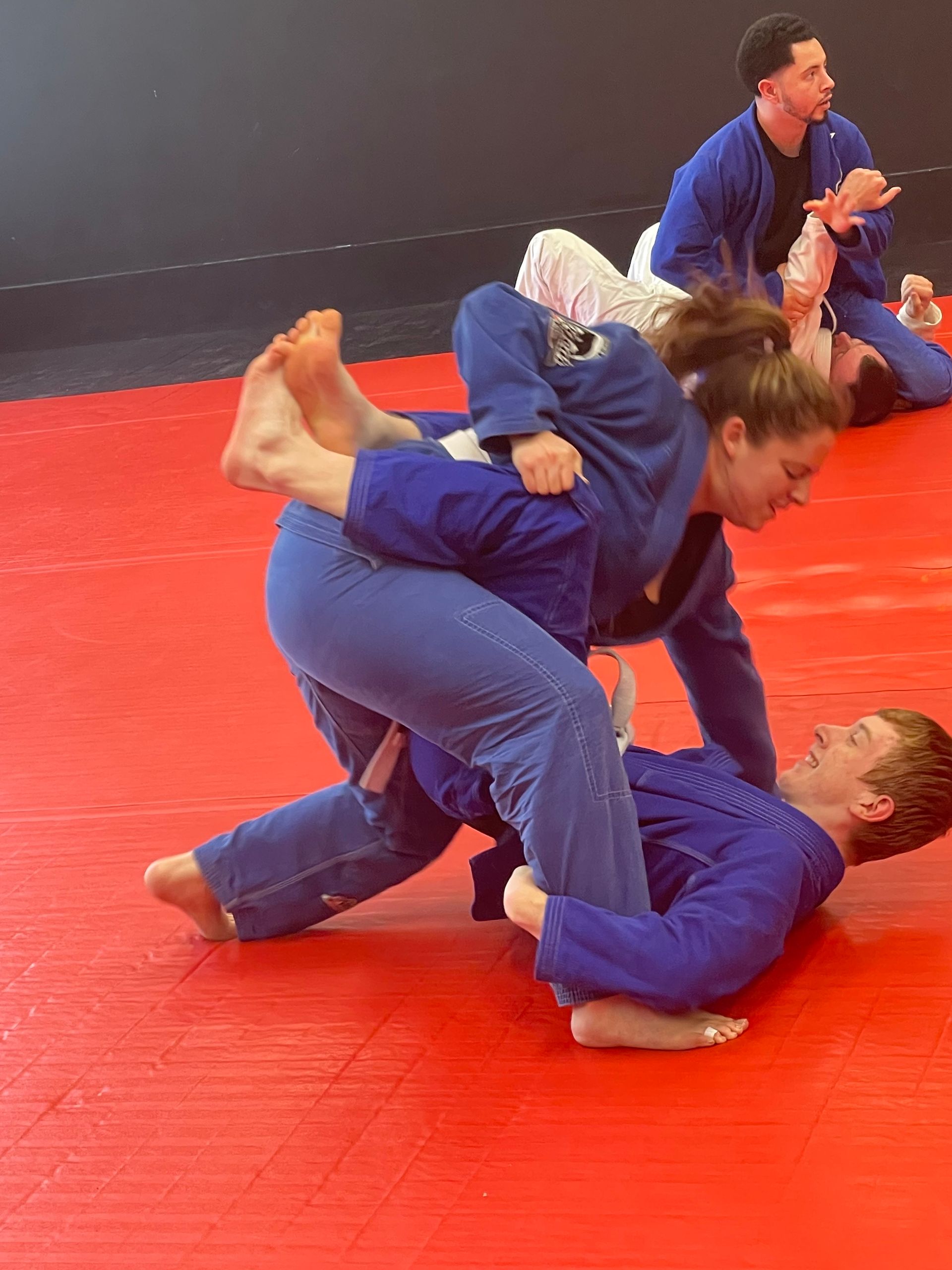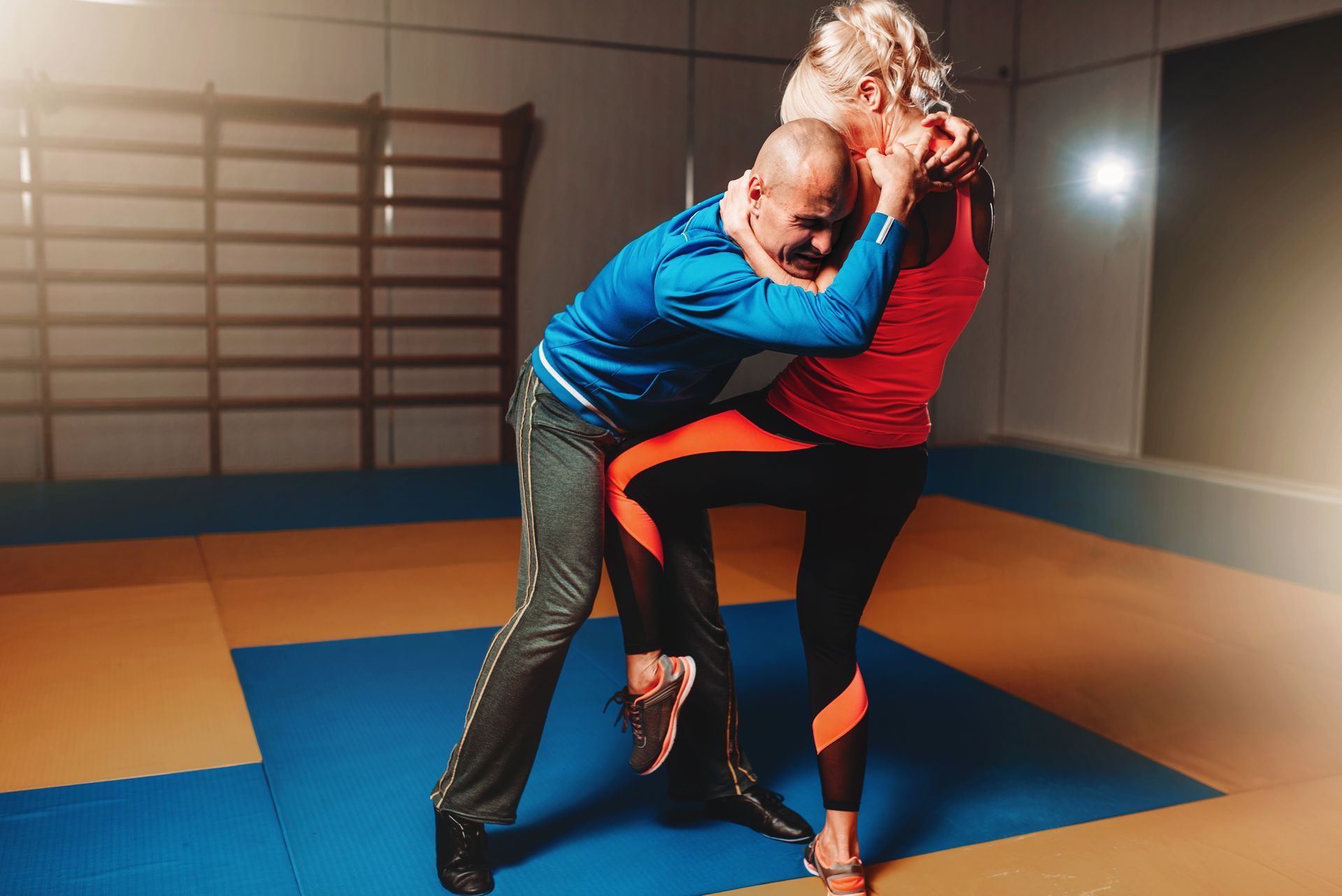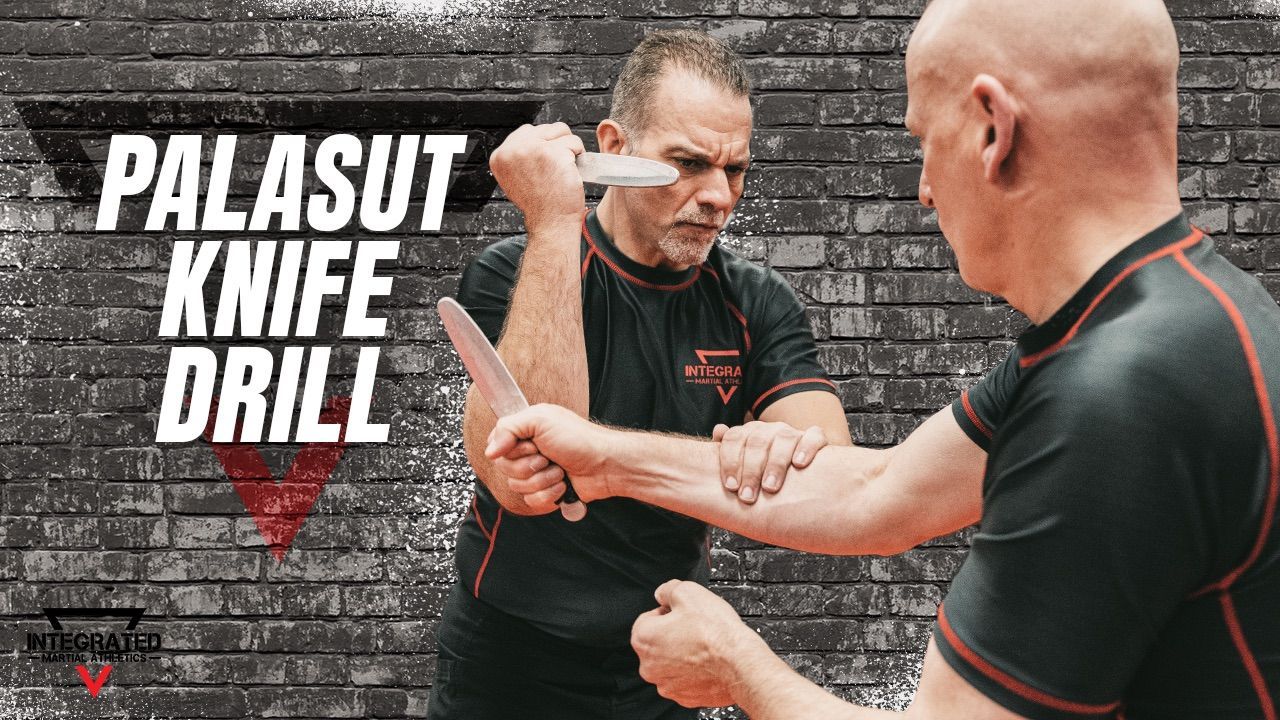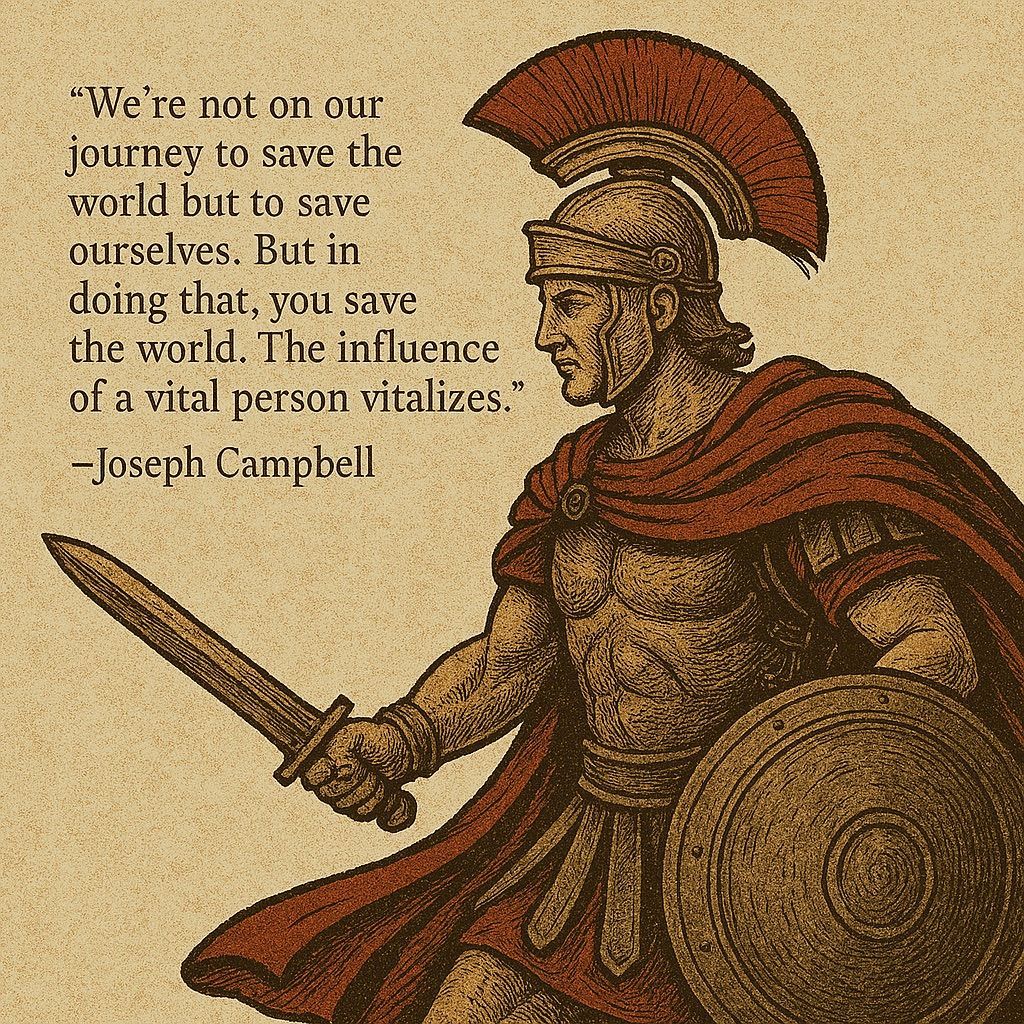From the Mat to the Battlefield: The Evolution of Leg Locks in Grappling Sports
Introduction
Today, we're diving deep into the evolution of leg locks in grappling sports. Leg locks aren't just new, flashy moves you see on the mat—they've got a rich history that traces back to ancient battlefields. Buckle up as we journey through the evolution of leg locks in grappling sports, from the dusty battlefields of yore to the polished mats of modern jiu-jitsu.
Ancient Origins and Battlefield Techniques
The story of leg locks begins long before the advent of organized grappling sports. Imagine this: ancient warriors, clad in armor, facing off in brutal combat. Leg locks weren't just about submission—they were a means of survival.
Historical Context: Use of Leg Locks in Ancient Warfare
Leg locks have roots in various ancient civilizations. The Greeks, known for their Pankration, an early form of mixed martial arts, employed leg locks to incapacitate their opponents. These techniques weren't merely for sport but were essential in hand-to-hand combat situations.
Key Civilizations and Their Techniques
Take the Samurai of feudal Japan. These warriors didn't just rely on their swords; they had an arsenal of grappling techniques. Leg locks, or "Ashi Garami," were integral to their unarmed combat skills. These moves were designed to swiftly disable opponents, making them invaluable on the battlefield.
Transition to Early Martial Arts Systems
As these techniques evolved, they found their way into early martial arts systems. The Greeks' Pankration influenced later grappling arts, while the Samurai's techniques permeated Jiu-Jitsu and Judo. The battlefield applications of leg locks began transitioning into the realm of sport and self-defense.
The Renaissance of Leg Locks in Traditional Martial Arts
Fast forward a few centuries, and leg locks started gaining traction in traditional martial arts. Systems like Judo and Sambo began incorporating these techniques, blending ancient knowledge with modern training.
Emergence in Traditional Grappling Arts
Judo, developed in Japan in the late 19th century, integrated leg locks into its repertoire. While leg locks were often restricted in competition due to their potentially devastating nature, they remained a crucial part of the training curriculum. The Kodokan, Judo's headquarters, preserved these techniques, ensuring they weren't lost to time.
Influential Figures and Their Contributions
In Russia, Sambo emerged as a hybrid martial art combining elements of Judo and traditional wrestling. Innovators like Vasili Oshchepkov and Viktor Spiridonov played pivotal roles in developing Sambo's extensive leg lock arsenal. These techniques proved effective in both sport and military contexts.
Evolution of Techniques
From basic holds to intricate submissions, leg locks evolved significantly during this period. Practitioners began refining their methods, discovering new entries and setups. The emphasis was on control and precision, ensuring that leg locks could be applied effectively and safely.
Leg Locks in the Birth of Brazilian Jiu-Jitsu (BJJ)
Brazilian Jiu-Jitsu, a revolutionary grappling art, owes much to the evolution of leg locks in grappling sports. Let's dive into how these techniques became a staple in BJJ.
Introduction of Leg Locks in Early BJJ
The Gracie family, pioneers of BJJ, understood the importance of a comprehensive grappling game. Helio Gracie, in particular, emphasized the use of leg locks to control and submit opponents. Early BJJ matches often showcased these techniques, highlighting their effectiveness.
Key Practitioners and Their Roles
Rolls Gracie, Helio's nephew, was instrumental in expanding BJJ's leg lock repertoire. His innovative approach and willingness to experiment with techniques from other grappling arts led to a more diverse and effective leg lock game. Rolls' legacy lives on in the countless practitioners who have followed in his footsteps.
Modern Grappling and the Leg Lock Revolution
The modern era of grappling has witnessed a renaissance in the use of leg locks, with practitioners developing highly sophisticated techniques.
The Resurgence in Modern Grappling Sports
The resurgence began in the late 20th century, with submission wrestling and mixed martial arts (MMA) leading the charge. Pioneers like Dean Lister, Erik Paulson and Eddie Bravo brought leg locks back into the spotlight, demonstrating their effectiveness in high-level competition.
Key Figures in the Modern Revolution
Dean Lister, a BJJ black belt and ADCC champion, famously said, "Why would you ignore 50% of the human body?" This philosophy drove him to master and promote leg locks, influencing countless grapplers. Eddie Bravo, founder of 10th Planet Jiu-Jitsu, also played a crucial role, integrating leg locks into his no-gi system.
Evolution of Techniques: Modern Innovations
The modern leg lock game has evolved dramatically. Techniques like the heel hook, once considered too dangerous for sport, are now standard in submission grappling. Practitioners have developed intricate setups and transitions, turning leg locks into a science.
Training Methodologies and Philosophies
Modern training methodologies emphasize safety and control. Schools like CSW, 10th Planet and the Danaher Death Squad (DDS) have developed comprehensive systems for teaching leg locks, ensuring students understand both the mechanics and the ethical considerations.
The Role of Leg Locks in Competitive Grappling
Leg locks have carved out a significant niche in competitive grappling, becoming a key component of many athletes' arsenals.
Analysis of Utilization in Competitions
In tournaments like ADCC and IBJJF, leg locks have become game-changers. Athletes who excel in leg locks often dominate their divisions, using these techniques to secure quick and decisive victories. The tactical advantages of leg locks are undeniable, offering both offensive and defensive options.
Future Trends and Developments
Looking ahead, the future of leg locks in competitive grappling is bright. As more athletes adopt and refine these techniques, we can expect continued innovation and evolution. The emphasis will likely shift towards even greater control and precision, reducing the risk of injury while maintaining effectiveness.
Practical Application and Training
For those looking to incorporate leg locks into their training, here's how to get started.
Incorporating Leg Locks into Your Regimen
Start by understanding the fundamentals. Focus on basic positions and entries, gradually progressing to more advanced techniques. Consistent drilling and controlled, catch and release live sparring are key to mastering leg locks.
Drills and Techniques for All Levels
Beginner drills should emphasize control and safety. Practice basic holds like the straight ankle lock, transitioning to more complex submissions like the heel hook as you gain confidence. Advanced practitioners can experiment with dynamic entries and setups, constantly refining their technique.
Safety Considerations and Injury Prevention
Safety is paramount when training leg locks. Always apply pressure gradually and communicate with your training partners. Proper warm-ups and stretching can help prevent injuries. Remember, a controlled technique is a safe technique.
Coach’s Tip
I have spent countless hours refining our leg lock game. Advice? Stay curious and keep learning. The leg lock game is always evolving, and there's always something new to discover. Train smart, stay humble, and never stop improving.
Conclusion
The evolution of leg locks in grappling sports, from ancient battlefields to modern grappling mats, is a testament to their enduring effectiveness and adaptability. Understanding this rich history not only enhances your appreciation of the art but also equips you with valuable techniques for your own training.
Whether you're a seasoned grappler or just starting out, leg locks offer a world of possibilities. Embrace the journey, explore the techniques, and remember—it's not just about winning matches. It's about mastering an art form that has stood the test of time.
Additional Resources
For those eager to dive deeper, here are some recommended resources:
- **Books:** "Mastering Leg Locks" by Dean Lister, "Leg Lock Encyclopedia" by Eddie Bravo, “Rough & Tumble by Erik Paulson
- **Videos:** Instructionals by the Danaher Death Squad, Dean Lister Gokor Chivichyan & Erik Paulson
**Seminars and Workshops:** Erik Paulson!!
Feel free to reach out for private lessons or further inquiries. Let's continue to push the boundaries of grappling together!

